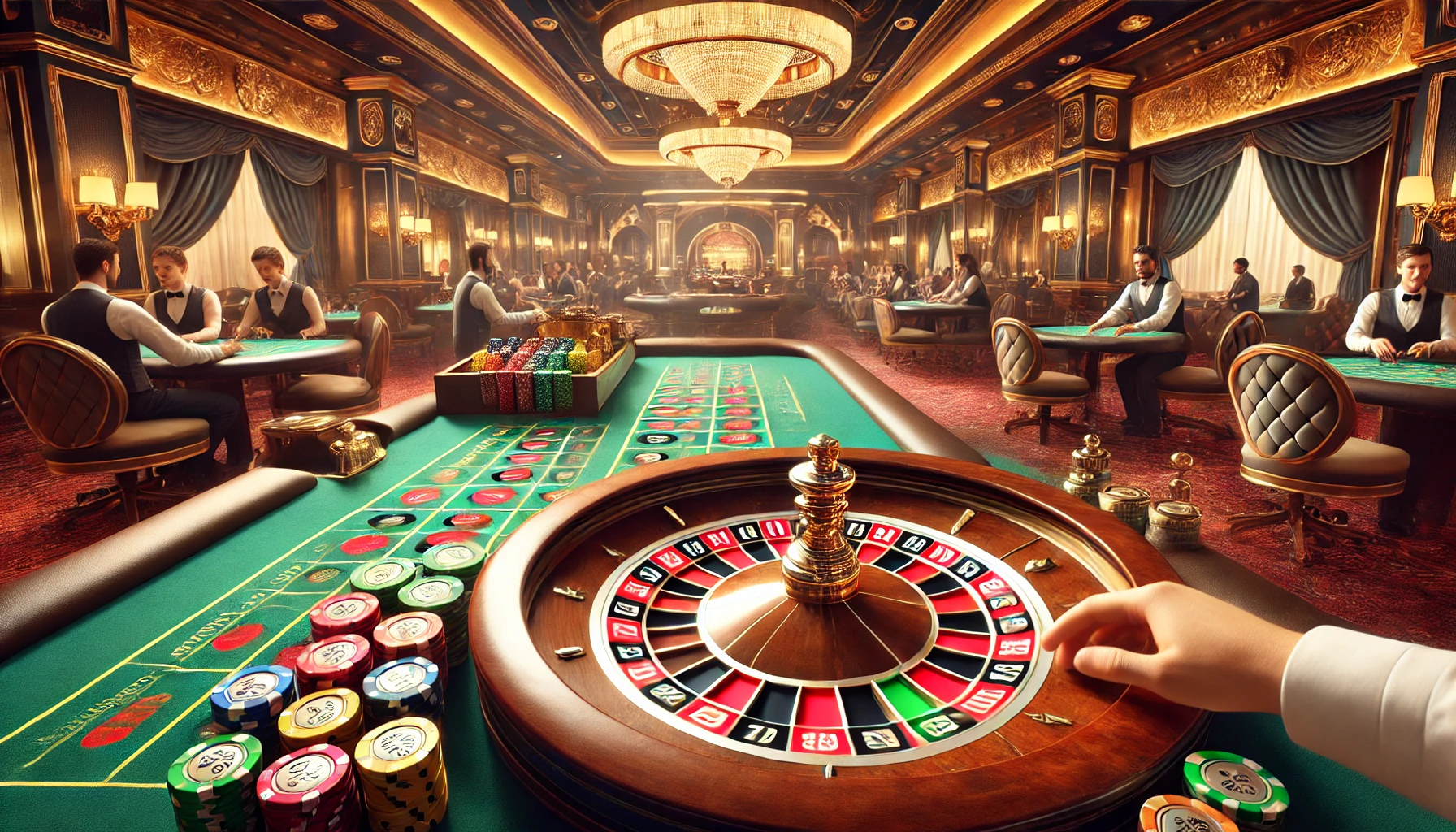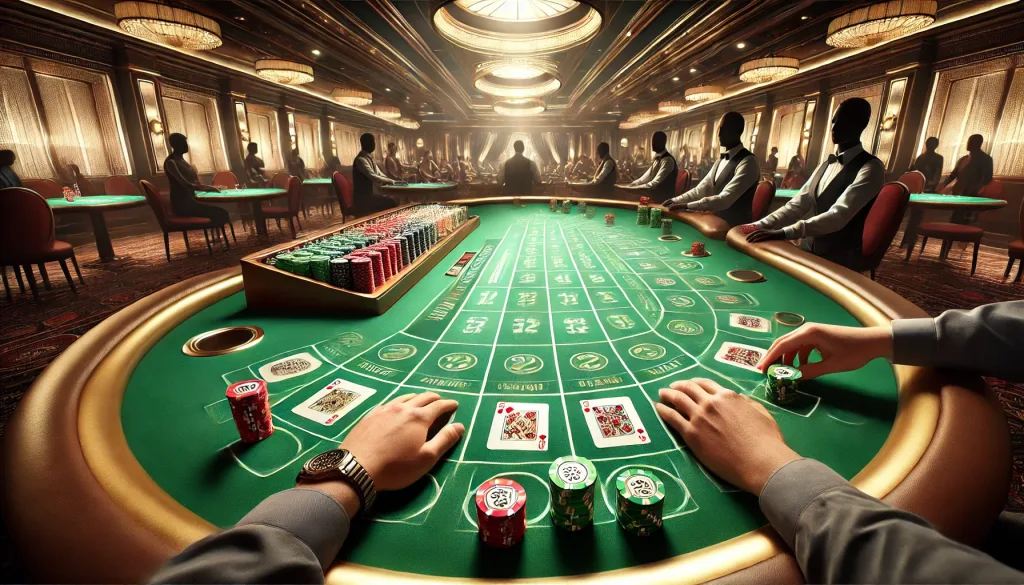Why the Martingale Betting System Fails in Baccarat

The Martingale betting system is one of the most popular strategies in the gambling world, promising players a way to recover their losses by doubling bets after each loss. While it seems mathematically sound at first glance, its application in games like baccarat often leads to more harm than good. In this article, we will delve into the reasons why the Martingale system fails in baccarat, providing a detailed analysis of its limitations and risks.
Understanding the Core Concept of the Martingale System
The Martingale system is grounded in a simple yet compelling logic: after every loss, the player doubles their bet, assuming that a single win will offset all previous losses and yield a profit equivalent to the initial wager. For instance, if a player starts with a $10 bet and loses three times consecutively, their bets would escalate to $20, $40, and $80. A win at this stage would recover the $70 lost and add a $10 profit.
While this progression seems foolproof in theory, it relies on several dangerous assumptions. Firstly, the system assumes that a win is guaranteed within a finite number of rounds, which is statistically improbable in games like baccarat. Secondly, it disregards the practical constraints of table limits and bankroll size, both of which can render the strategy ineffective. Lastly, it fails to account for the house edge inherent in baccarat, which ensures the casino’s long-term advantage.
For baccarat players, the combination of these factors can lead to rapid losses, depleting their bankrolls before they achieve the elusive winning round. Additionally, the psychological toll of increasing bets under pressure can impair decision-making, compounding the risks of the Martingale system.
Why Table Limits and Bankroll Size Matter
One of the primary reasons the Martingale system fails is its reliance on unlimited funds and absence of table limits. Most casinos impose strict maximum bet limits to prevent strategies like Martingale from being effective. For example, if a table has a maximum bet of $500, a player starting with a $10 bet could only afford six consecutive losses before hitting the limit. This restriction often leaves players with substantial losses and no opportunity to recover.
Furthermore, the exponential growth of bets required by the Martingale system quickly depletes even a sizeable bankroll. Starting with a modest $10 bet, a player would need $1,270 to cover seven consecutive losses, excluding the funds needed for the next bet. This rapid escalation highlights the unsustainability of the strategy for most players.
The Role of Baccarat’s House Edge
Baccarat is a game of chance where each bet—whether on the player, banker, or tie—carries a statistical disadvantage due to the house edge. The banker bet, often considered the safest option, has a house edge of approximately 1.06%, while the player bet carries a slightly higher edge of 1.24%. These seemingly small percentages compound over time, making it impossible to overcome the house’s advantage through betting strategies alone.
The Martingale system does not address or counteract the house edge. Instead, it amplifies the risks by encouraging larger bets after losses, increasing the likelihood of significant financial losses over extended play sessions. For instance, even if a player manages to recover losses during a winning streak, the cumulative impact of the house edge ensures they are likely to lose over the long term.
Comparing Martingale to Alternative Strategies
While the Martingale system focuses on recovering losses, other strategies emphasise bankroll management and optimising winning opportunities. For instance, the Paroli system, which involves increasing bets after wins rather than losses, aligns better with baccarat’s volatility. Players using such methods can limit their exposure to large losses while capitalising on winning streaks.
Ultimately, understanding the house edge and adopting disciplined bankroll management are more effective approaches for baccarat players. These methods reduce the emotional strain of gambling and help players maintain a sustainable and enjoyable experience.

Psychological Pitfalls of the Martingale System
The allure of the Martingale system lies in its promise of guaranteed recovery, but this guarantee often proves to be an illusion. Players frequently find themselves trapped in a cycle of escalating bets, driven by the fear of loss and the hope of an eventual win. This emotional rollercoaster can lead to reckless decision-making, causing players to exceed their planned budgets or chase losses beyond their means.
Moreover, the stress of adhering to the Martingale system can detract from the enjoyment of the game. Baccarat is meant to be a thrilling and entertaining experience, but the high stakes and relentless pressure associated with Martingale can turn it into a source of anxiety and frustration.
Adopting a Healthier Approach to Gambling
To avoid the pitfalls of the Martingale system, players should focus on strategies that enhance their overall gambling experience rather than chasing unrealistic promises of profit. Setting strict budgets, taking breaks, and viewing baccarat as a form of entertainment rather than a means of income are essential steps toward responsible gambling.
By recognising the limitations of systems like Martingale and prioritising enjoyment over profit, players can foster a healthier relationship with gambling. This approach not only minimises financial risks but also ensures a more fulfilling and sustainable experience in the long run.
